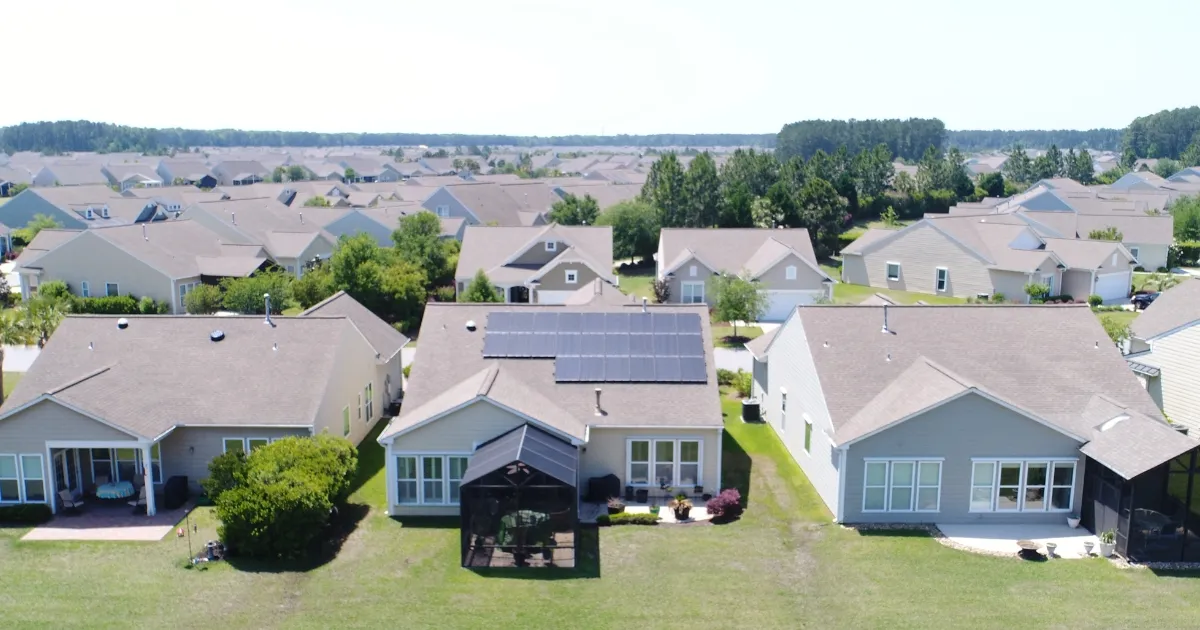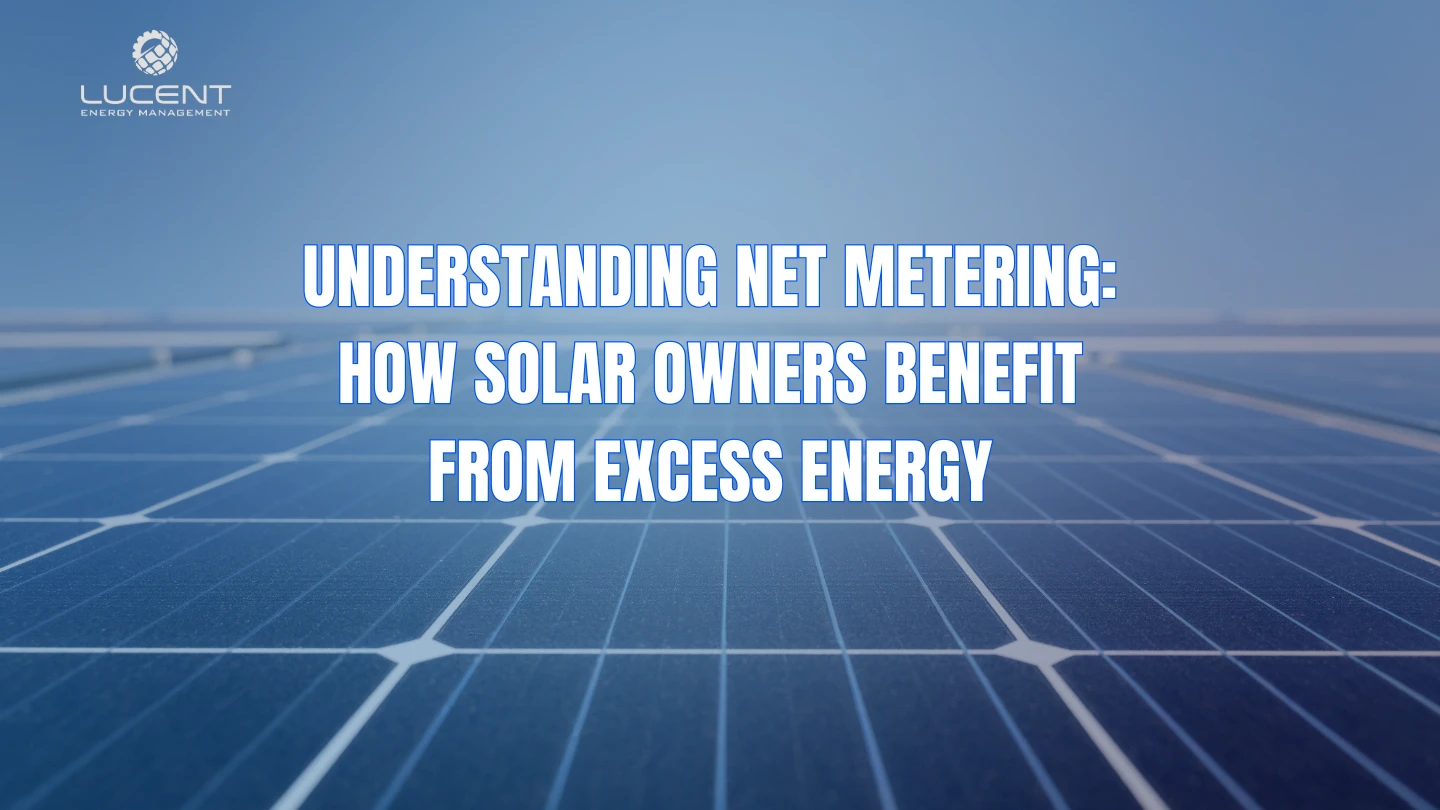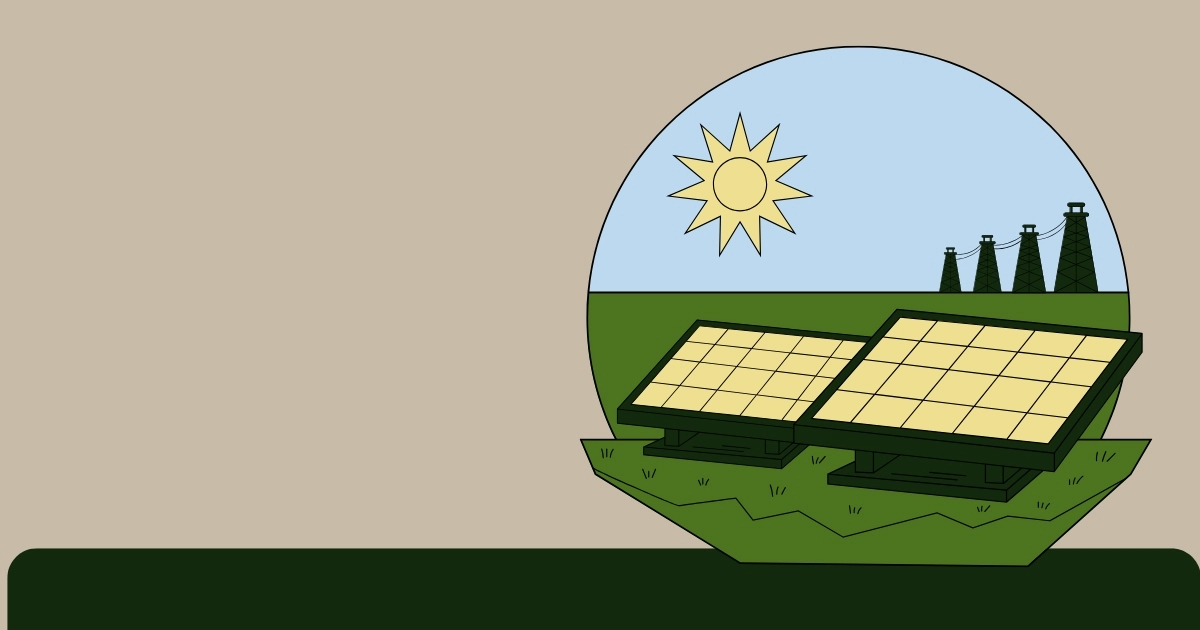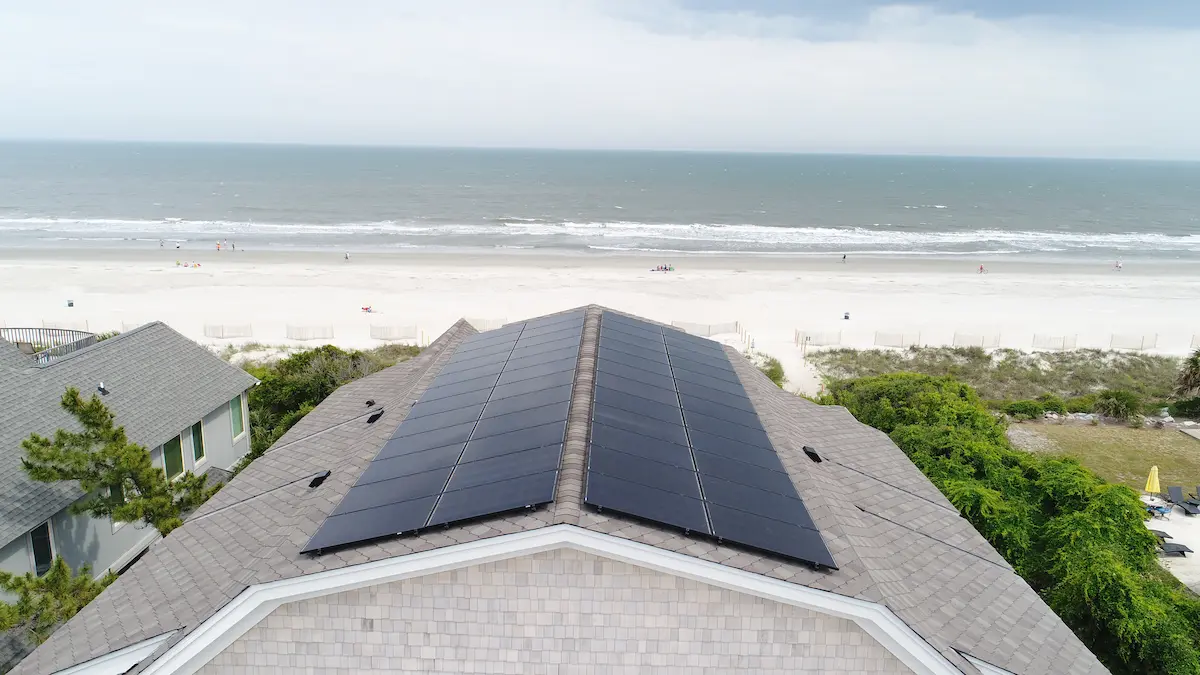A lot of homeowners are searching for methods to lower their electricity bills without sacrificing comfort due to the rising cost of energy. Smart home technology offers an effective solution by optimizing energy usage, automating appliances, and providing real-time insights into consumption.
Energy-efficient appliances, smart lighting, and thermostats can save a lot of money on electricity while still preserving convenience. This guide will explore how smart home technology can help you lower your electricity bills and make your home more energy-efficient.
The Role of Smart Home Technology in Energy Efficiency
How Automation Optimizes Energy Usage
Smart home appliances employ automation to cut down on energy waste by modifying power usage in response to current circumstances. For example, motion-activated lighting makes sure that lights are only turned on when necessary, and smart thermostats learn your daily routine to modify heating or cooling accordingly.
The Benefits of Monitoring Real-Time Energy Consumption
Many smart home devices provide detailed energy usage reports, helping homeowners identify power-hungry appliances and make informed decisions about their energy consumption. Smart energy meters, for instance, allow you to track electricity usage down to individual devices, making it easier to cut unnecessary power use.
Best Smart Home Devices for Lowering Electricity Bills
1. Smart Thermostats: Regulating Home Heating and Cooling
Heating and cooling account for nearly 50% of household energy consumption. Smart thermostats, like Nest or Ecobee, optimize temperature settings based on your habits, outside weather, and occupancy. Features like remote access and geofencing allow homeowners to adjust temperatures from their smartphones, preventing unnecessary heating or cooling when no one is home.
2. Smart Lighting Systems: Energy-Efficient LED Bulbs and Motion Sensors
Switching to smart LED bulbs can reduce lighting energy consumption by up to 80%. Smart bulbs from Philips Hue or LIFX can be scheduled, dimmed, or turned off remotely. Motion-activated lighting, like Lutron or TP-Link Kasa, ensures lights are only on when needed, preventing wasteful energy use.
3. Smart Plugs & Power Strips: Reducing Standby Power Consumption
Many electronic devices consume power even when turned off – this is known as phantom energy loss. Smart plugs, like TP-Link Kasa Smart Plugs, allow you to turn off appliances remotely and schedule power usage. Smart power strips automatically cut power to unused devices, preventing unnecessary energy drain.
4. Energy-Efficient Smart Appliances
Modern smart refrigerators, washing machines, and dishwashers adjust their power consumption based on usage patterns. Energy Star-rated smart appliances from brands like Samsung, LG, and Whirlpool use less electricity while providing the same performance.
Smart Energy Management Systems
Tracking and Optimizing Power Usage
Smart energy management systems, such as Sense Energy Monitor or Emporia Vue, track your entire home’s electricity usage and provide detailed insights. These systems help you detect energy spikes and identify ways to reduce consumption.
Solar Panel Integration and Battery Storage
Homeowners investing in solar energy systems can integrate smart energy storage solutions, such as the Tesla Powerwall, to store excess energy for use during peak hours. Smart home integration ensures that solar energy is used efficiently, further reducing dependence on the grid.
How Smart Home Automation Saves Money
Setting Schedules and Routines to Reduce Energy Waste
Smart home hubs like Amazon Alexa, Google Home, and Apple HomeKit allow users to create automation routines that reduce power usage. For example:
- Automatically turning off appliances at night
- Dimming lights during the evening
- Running dishwashers and washing machines during off-peak hours
AI-Driven Recommendations for Better Energy Efficiency
AI-powered home assistants analyze energy consumption trends and provide suggestions to optimize usage. Some smart home ecosystems even offer automated adjustments, ensuring energy is only used when needed.
The Role of Utility Companies in Smart Energy Consumption
Time-of-Use Pricing and How Smart Devices Adapt
Many utility companies charge different rates based on peak and off-peak hours. Smart home devices can adjust power usage accordingly, running high-energy appliances like dishwashers and washing machines during off-peak hours to take advantage of lower rates.
Incentives and Rebates for Smart Energy Devices
Governments and utility providers offer rebates for purchasing energy-efficient smart devices. Homeowners can check local rebate programs to offset the cost of upgrading to smart home technology.
Pre-Smart Home vs. Post-Smart Home Energy Usage
A study comparing traditional homes to smart homes found that homeowners using smart thermostats, energy-efficient lighting, and smart appliances saved an average of 20-30% on electricity bills annually.
Future Trends in Smart Energy Technology
AI-Powered Home Energy Management
AI-driven home automation is becoming more advanced, with predictive energy management systems that anticipate power needs and adjust accordingly.
The Evolution of Smart Grids and Decentralized Energy Systems
Smart grids will allow homeowners to sell excess solar energy back to the grid, creating a more sustainable and efficient energy ecosystem. With decentralized energy systems, homes will rely less on centralized power plants and more on localized renewable energy sources.
Conclusion
Investing in smart home technology is one of the most effective ways to lower electricity bills. By using smart thermostats, energy-efficient lighting, automation, and energy monitoring systems, homeowners can significantly reduce their energy consumption. With advancements in AI and smart grids, the future of home energy management is becoming even more efficient and cost-effective. Start upgrading your home today to enjoy long-term savings and a more sustainable lifestyle.
FAQs
On average, homeowners save 20-30% on their electricity bills by integrating smart thermostats, lighting, and appliances.
A smart thermostat provides the most significant savings, followed by smart lighting and smart power strips.
adipisicing elit. Optio, neque qui velit. Magni dolorum quidem ipsam eligendi, totam, facilis laudantium cum accusamus ullam voluptatibus commodi numquam, error, est. Ea, consequatur.
Yes. Smart plugs prevent phantom energy loss, which can account for up to 10% of household electricity consumption.
Many utility companies and government programs offer rebates and tax credits for energy-efficient smart home upgrades.
If you have multiple smart devices or want detailed control over your energy consumption, a smart energy management system can help maximize your savings.


